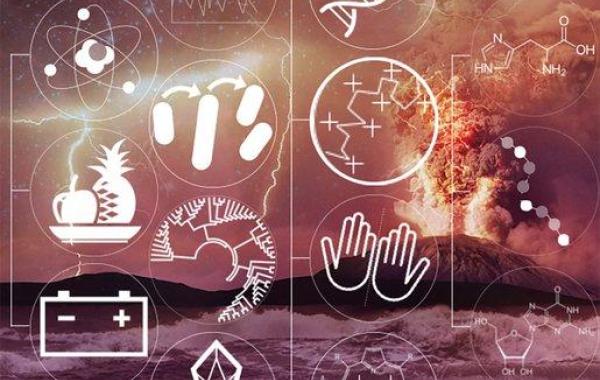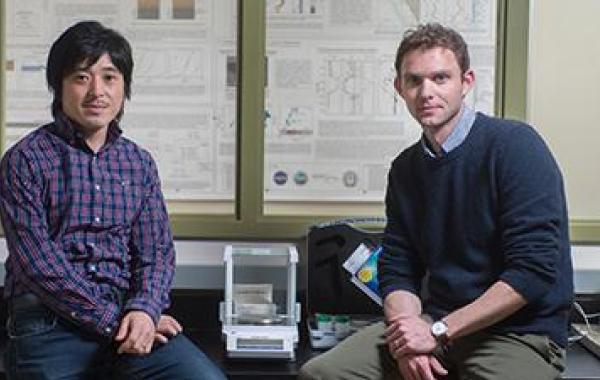NASA Exobiology Grant to Chris Reinhard

Humans will soon embark on a detailed characterization of habitable planets beyond the solar system. Space-based telescopes probing the atmospheres of small planets around nearby stars will shortly be joined by ground-based observatories. What should these instruments be looking for?
Christopher Reinhard, an assistant professor in the School of Earth and Atmospheric Sciences, aims to define the atmospheric chemistries that provide strong evidence for the presence of life at a planet’s surface – or atmospheric biosignatures. He recently received a three-year grant from NASA’s Exobiology Program to develop a model of Earth’s early atmosphere and ocean, about 4 billion years ago, when the planet was devoid of oxygen.
Joining Reinhard on this research is a multi-institutional team, including co-principal investigators Shawn Domagal-Goldman of NASA Goddard Space Flight Center and Andrew Ridgwell of the University of California, Riverside, as well as collaborators Kazumi Ozaki of the University of Tokyo and Giada Arney of NASA Goddard Space Flight Center.
“Our ultimate aim is to develop robust atmospheric biosignatures for future analysis of extrasolar worlds, while providing computational tools for understanding the deep past and forecasting the long-term future of Earth’s biosphere. We’re fortunate to have support from NASA to take a big step in that direction.”
In looking for life beyond our solar system, Earth “provides a powerful natural lab for examining the processes that promote the emergence and maintenance of atmospheric biosignatures,” Reinhard says. However, Earth’s current atmospheric biosignatures come from eons of interactions between microbes, the oceans, and the Earth’s evolving geology. Reinhard’s team believes the most relevant atmospheric biosignatures in the search for extraterrestrial may be those from Earth’s very early age, before photosynthesis blanketed the planet with oxygen.
Using the NASA grant, Reinhard’s team will examine the metabolic networks that would have controlled atmospheric biosignatures on the primitive Earth. The research will be aimed at developing an “ecophysiological module” that links microbial metabolism with ocean chemistry. The module will be embedded within an ensemble of computational models of atmospheric chemistry, climate, and 3-D ocean chemistry.
“We think this research will provide significant steps forward in our predictive understanding of the links between microbial metabolism and atmospheric chemistry, and will refine our understanding of the early evolution of Earth’s biosphere,” Reinhard says. “Our ultimate aim is to develop robust atmospheric biosignatures for future analysis of extrasolar worlds, while providing computational tools for understanding the deep past and forecasting the long-term future of Earth’s biosphere. We’re fortunate to have support from NASA to take a big step in that direction.”

